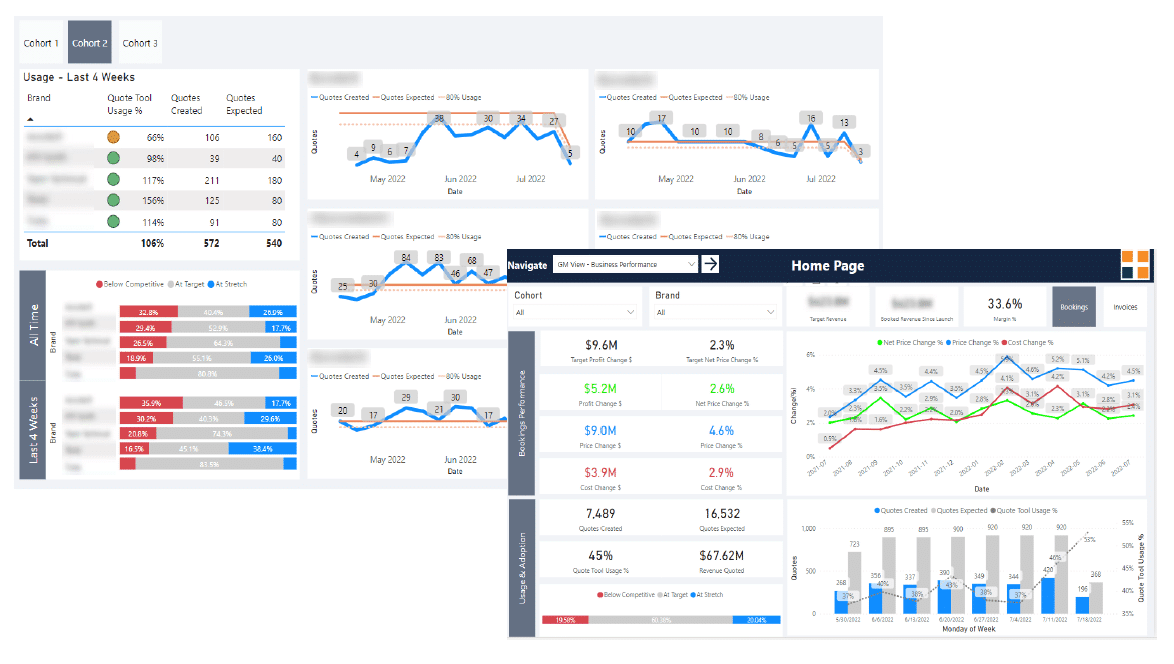Flow Control Equipment Distributor
Scaling Success: A Data-Driven Approach to Pricing and Profitability
Profits Engineered: Unlocking $6M Growth with Centralized Pricing Solutions
Transforming a decentralized business into a pricing powerhouse through data-driven strategies and scalable tools.
In an industry where decentralized operations and fragmented processes were the norm, this industrial flow control and automation distributor faced challenges in aligning pricing strategies across its 40+ brands. Despite rapid growth, inconsistent margins and limited pricing tools hindered profitability. By implementing a centralized pricing strategy, leveraging advanced analytics, and deploying scalable quoting solutions, the company achieved $6M in EBITDA growth within a year. This case study explores how a focused approach to pricing optimization turned complexity into opportunity, laying the groundwork for sustained financial success.
Explore More Case Studies
Situation
Disconnected Systems, Disconnected Strategy: The Case for Change
- Highly decentralized business with 40+ individual brands and processes, experiencing rapid growth through acquisitions
- Operating in a highly competitive industry with limited understanding of willingness to pay and not leveraging price as a strategic lever
- Despite margin growth, many brands were not maintaining margin %
- Limited data sophistication, segmentation, and measurement tools & processes, which led to inability to set goals based on potential opportunity
- Limited organizational pricing culture
Modeling Methodology
Identify Product Peer Groups
Segment products into peer groups with a certain
number of unique customers and transactions using
escalation logic:
Product Type
Vendor
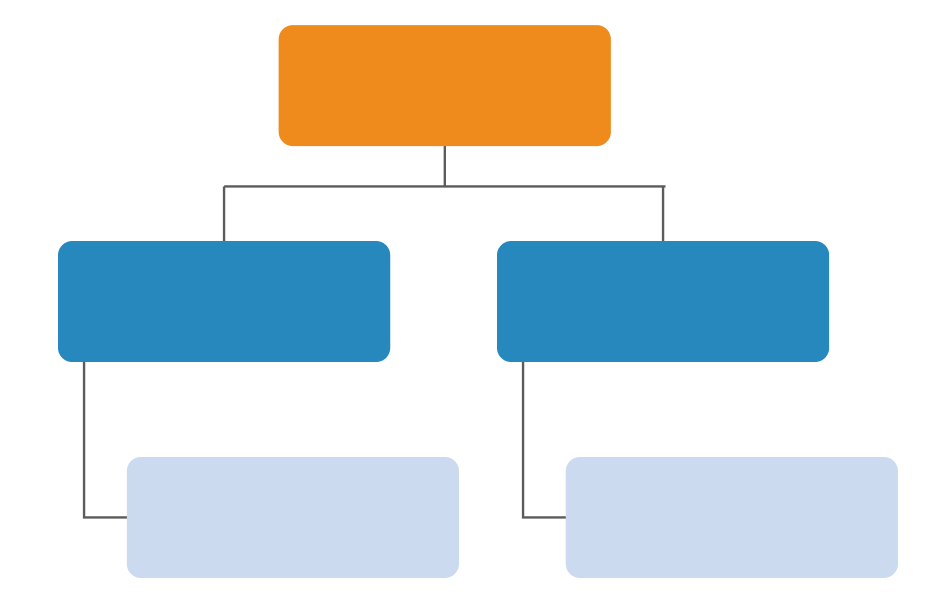
Model New Price Levels based on Recent Transactions
Analyze revenue margin % percentiles to identify market
relevant prices
Peer Group for Margin Escalation: (example)
Brand | Vendor | Product Type
Brand | Vendor
Separate Margin % Target and List / Discount Transactions

Assign Customer Margin % Percentile Targets for each Peer Group
Margin % Model Selection Criteria:
Customer Tier +
Product Tier Within Customer

Assign List /5 Discount Price Targets
List / Discount Model Selection Criteria:
Customer Tier +
Product Tier Within Customer

Conduct Customer + Item Price Review
Customer capping mitigates risk of increases
Sales teams and GMs review finalized recommendations
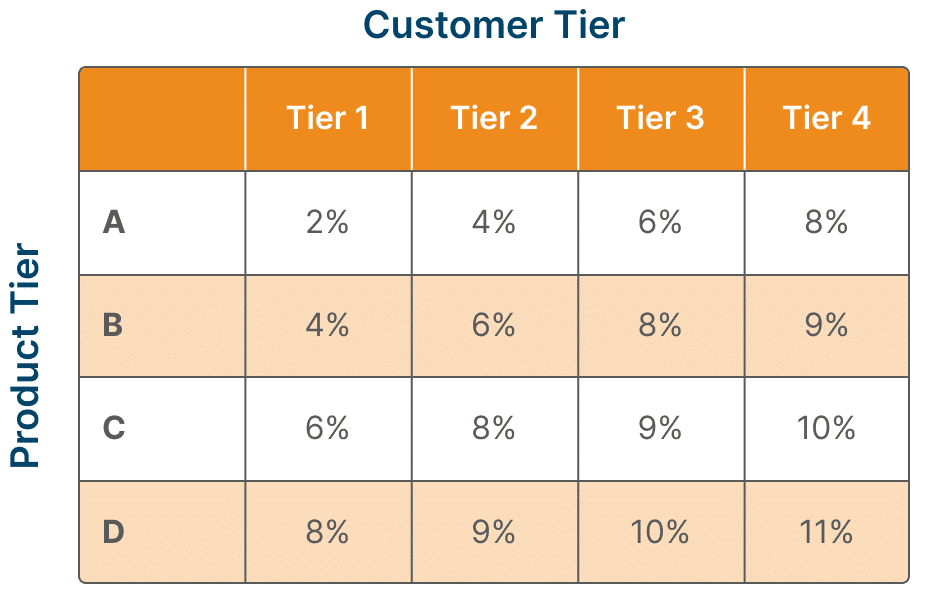
Deliver Price Recommendations; Implement Model into Quote App and Continuously Improve
Measure results
Reinforce desired pricing behaviors
Continuously improve model
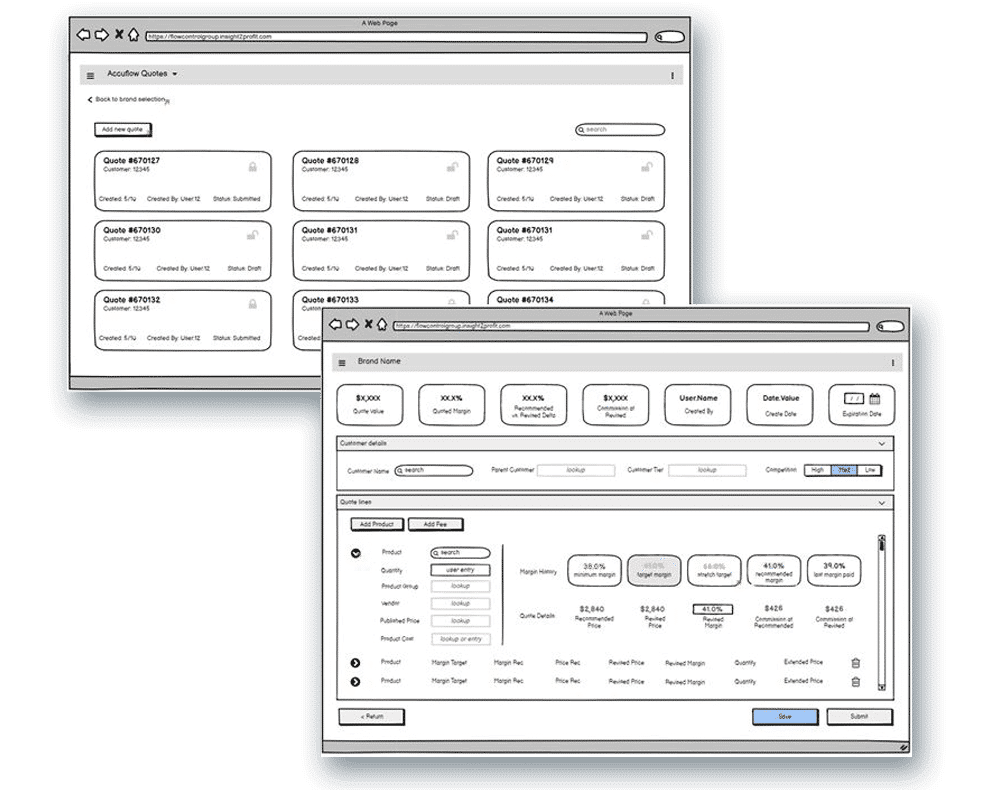
Approach
Engineering Profitability: Strategic Steps to Align Pricing Across Brands
- Consolidated 13 ERPs into 1 data set and developed product & customer hierarchies and attributes
- Led pricing pilot across 6 brands to develop a pricing playbook that could be scaled across the organization, including enhanced segmentation, opportunity modeling, and implementation planning
- Developed statistical pricing models for ongoing price optimization by brand
- Built and implemented a quoting application to deliver price recommendations and decision support
- Deployed centralized, robust reporting dashboards and analytics that consolidated business results as well as tied to specific targets by brand
- Stood-up organizational engagement plan to reinforce desired behaviors & drive cultural change
Technology Solution
Quoting Application
Quoting Application Features:
- Each brand is built in the application
- Develop invoice pdfs that are brand- and logo- specific
- Track open quotes through approval process
- Incorporate exchange rate and freight adders for Canadian brands
- API connection back to ERP (certain brands only)
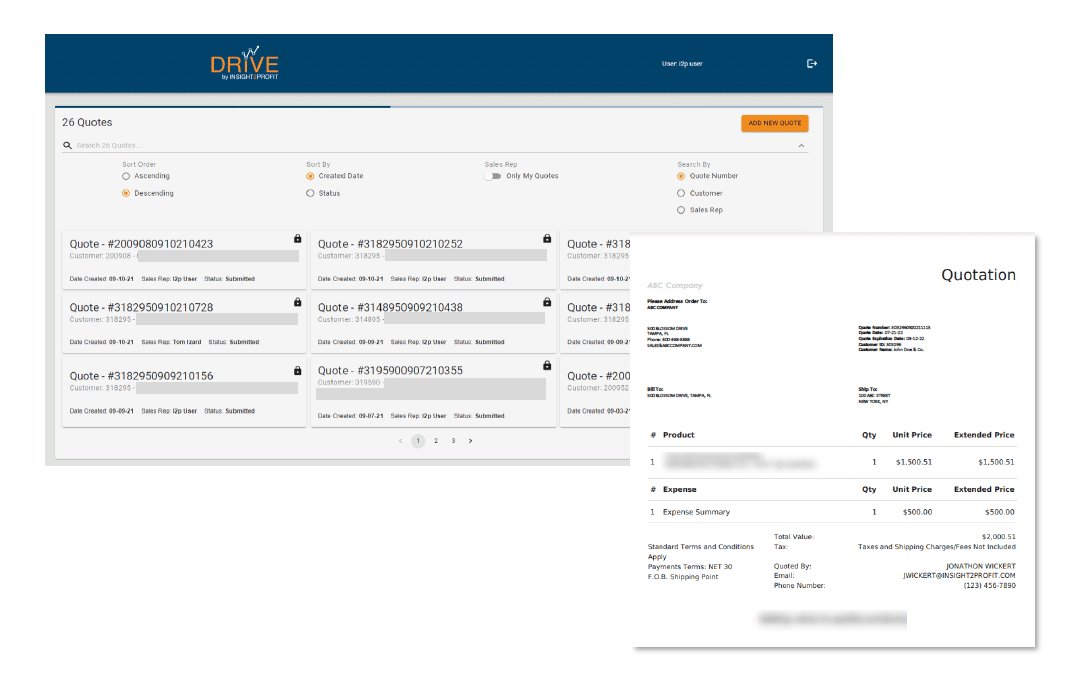
Power BI Reporting & Analytics
Power BI and Reporting Features:
- Each brand is built in Power BI
- Customizable homepage dashboard, e.g., GM homepage shows actions needed for pricing and quote application usage
- Sales rep summary dashboard displays individual performance across revenue, price, and cost change
- Margin scatter allows for comparison of revenue and margin % across customers, vendors, and product types
